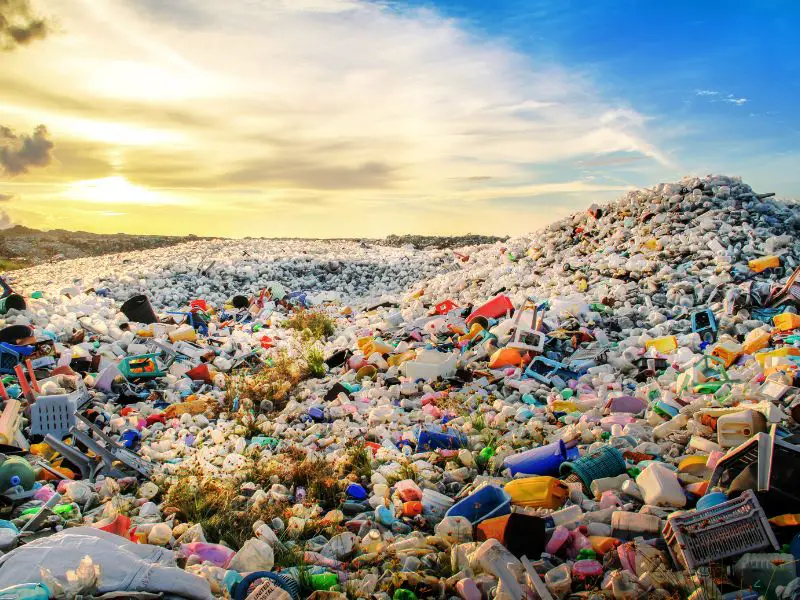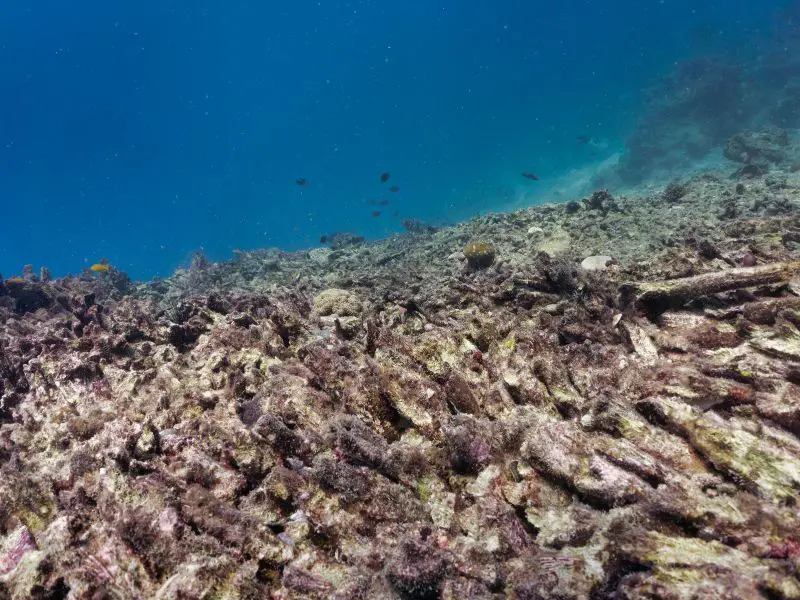Natural disasters can have a ravaging effect on communities and are something that we can, unfortunately, do little to prevent. However, there are steps that humans can take to reduce the likelihood of disastrous events such as earthquakes and floods. This article will discuss how human activities, such as mining and deforestation, can impact natural disasters and how you can help lessen the chances of them occurring.
Human and Natural Disasters
Catastrophic events such as floods, hurricanes, droughts, and wildfires can substantially harm humans. While these occurrences are often considered natural disasters resulting from naturally transpiring incidents that impair human life, they are not always natural.
From the genesis of human civilization, we have been making a costly environmental impact. Our burgeoning population necessitates heightened agricultural operations, which require significant deforestation to create suitable land. Our sprawling metropolises and use of fossil fuels also directly influence the environment. These actions are responsible for inducing alterations in global weather patterns, leading to an escalation in natural disasters like floods and wildfires.
1. Agriculture
As the world’s population surges, the demand for sufficient food increases. To meet this demand, vast forests are cleared to create more agricultural land. According to the UN Food and Agriculture Organization (FAO), over 40% of the Earth’s surface now supports agricultural activities, with a considerable portion of these areas being previously forested. The consequences of such actions are catastrophic, as outlined below:
- Destruction of Fauna: Forests serve as vital habitats for wildlife and play a crucial role in supporting the complex interdependence between living and non-living components of ecosystems. Unfortunately, agricultural activities have had detrimental effects on forests. Europe, for instance, was once thickly blanketed with temperate forests, but over time, these forests have been cleared to make way for farmland.
- Global Warming and Climate Change: Deforestation due to population growth is responsible for the release of three billion tons of CO2 annually, causing the destruction of 13 million hectares of land. This affects the ecosystem by raising global temperatures and disrupting the water cycle, leading to further impacts on ecosystems such as the Polar regions.
- Aquatic Resources Degradation: Fertilizer use has injected copious amounts of phosphorus and nitrogen nutrients into natural soils, lands, and water systems, resulting in various environmental impacts. These include ecosystem modifications and the rapid proliferation of aquatic dead zones.
2. Deforestation
Deforestation involves the removal of forests for non-forest land use, with severe consequences such as a loss of biodiversity and alteration of the ecosystem. International data estimates that 18 million acres of trees are felled each year, equivalent to nearly half of all the trees on the planet since the industrial revolution. Deforestation is linked to climate change, extinction, and desertification, and it also has social impacts, such as the displacement of indigenous peoples. Recent studies show that deforestation increases wildfires, posing a severe ecosystem threat.

3. Overpopulation & Overconsumption
Overpopulation causes environmental degradation, with humans requiring vast amounts of space for agriculture and industries. As the population increases, clear-cutting damages ecosystems, threatening every organism on Earth. Humans also consume natural resources, such as coal, animals, and forests, leading to overuse and endangering the environment. Using non-renewable resources like fossil fuels further exacerbates the problem, with increased carbon dioxide emissions threatening thousands of species with extinction.

4. Plastic Pollution
Plastic is a significant pollutant problem, with waste plastic found everywhere, including oceans, and remaining in the environment for thousands of years. Every year, almost 300 million tons of plastic are produced, with 10 to 20 million tons ending up in the world’s oceans, putting aquatic life at risk. Chemicals in plastics are released into the waters, disrupting animal endocrine systems, altering reproduction patterns, and even causing cancers. The impact of plastics on the ecosystem is profound and costs an estimated 13 billion US dollars annually. Wildlife, including whales and fish, are particularly affected by plastic pollution.

Dive into the impact of plastic pollution! Uncover how this crisis affects our environment, wildlife, health, and economy. Discover the urgency for change and join the movement for a cleaner, greener future. Additionally, explore eco-friendly Alternatives to Plastic Water Bottles and reduce your plastic footprint. From reusable bottles to innovative solutions, sip smart for a greener tomorrow.
5. Atmospheric Emissions of CO2 and Other Gases
Human activities, mainly burning fossil fuels and using artificial products, have increased carbon dioxide and greenhouse gas emissions like methane and hydrofluorocarbons (HFCs). This overreliance on carbon-rich fossil fuels, including gas, oil, and coal, has caused carbon dioxide levels to reach a historic high, leading to rising global temperatures, rising sea levels, and extreme weather events. These events have severely affected land and ocean ecosystems, food chains, and biodiversity while exacerbating desertification.
6. The Devastation of Coral Reefs
The ocean reefs are the most thriving ecosystems in the world, supporting various marine life. Still, human activities have disrupted the natural flow of nutrients and energy, destroying them. The consequences of human activity, such as water pollution, overfishing, acidification of marine waters, and climate change, have destroyed coral reefs.
Already, one-fifth of global reefs are destroyed, and a quarter of reef species are at risk of extinction by 2050, endangering the livelihoods of 500 million people globally. The coral reefs provide shelter and productive habitat for aquatic species, and their destruction limits the essential interconnectedness necessary for supporting specific marine ecosystems. The degraded reefs are mainly dominated by jellyfish and bacteria, which defines the regulation of energy and nutrients.

7. Black Carbon Emissions from Combustion Processes
Black carbon particles are released into the atmosphere through various human activities such as cooking, wood burning, diesel car exhaust, and trees. The presence of these particles creates a heat-absorbing layer in the atmosphere, contributing to global warming. Nations heavily reliant on diesel fuel, coal, and wood or dung fuel for heating and cooking are the biggest emitters of black carbon.
8. Overhunting and Overexploitation
Human activities such as overhunting, overfishing, and mining have significantly reduced the diversity of plant and animal species across different habitats. These activities do not allow for the replenishment, growth, or development of already harvested products, leading to extinction and the destruction of natural reserves and breeding areas.

Once a native species is taken away or extinct, the entire ecosystem is affected, leading to permanent alterations. The conversion of forests into farmlands or river basins into mining areas creates harsh environments that do not support the survival of animal and plant species, disrupting the delicate balance of the ecosystem.
Bottomline
Human activities have a significant impact on natural disasters. The exploitation of natural resources, deforestation, overfishing, pollution, overhunting and the production of greenhouse gases are all human-induced activities that lead to environmental degradation. These activities disrupt the delicate balance of nature, building up the frequency and intensity of natural disasters.
From wildfires to hurricanes to floods to droughts, human activities have intensified natural disasters and increased their impact on vulnerable communities. The effects of natural disasters are felt globally, affecting the world’s ecosystems, economies, and public health.
It is very important that citizens, businesses, and governments work toward sustainable practices that promote conservation, reduce pollution, and address climate change. By recognizing the impact of human activities on natural disasters, we can take steps to mitigate their effects and work towards a more sustainable future. Only then can we ensure the long-term survival of the planet and all its inhabitants.

